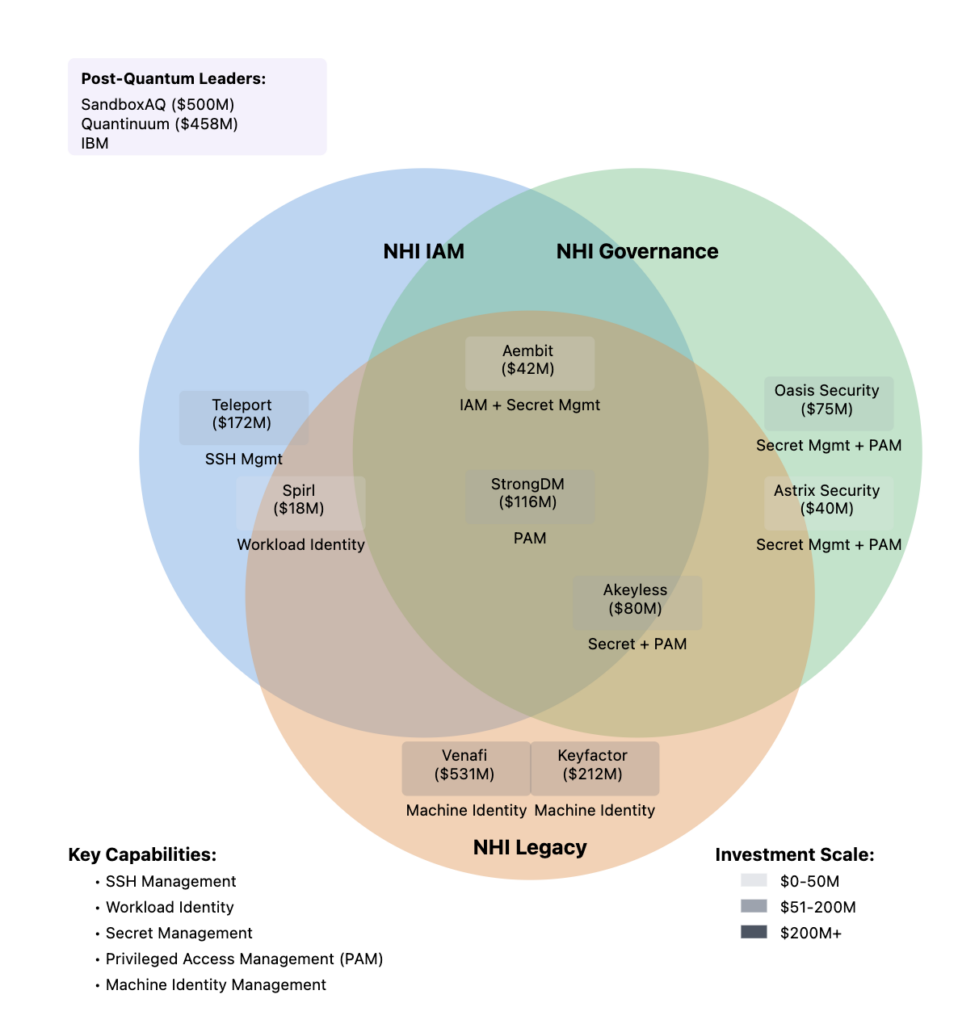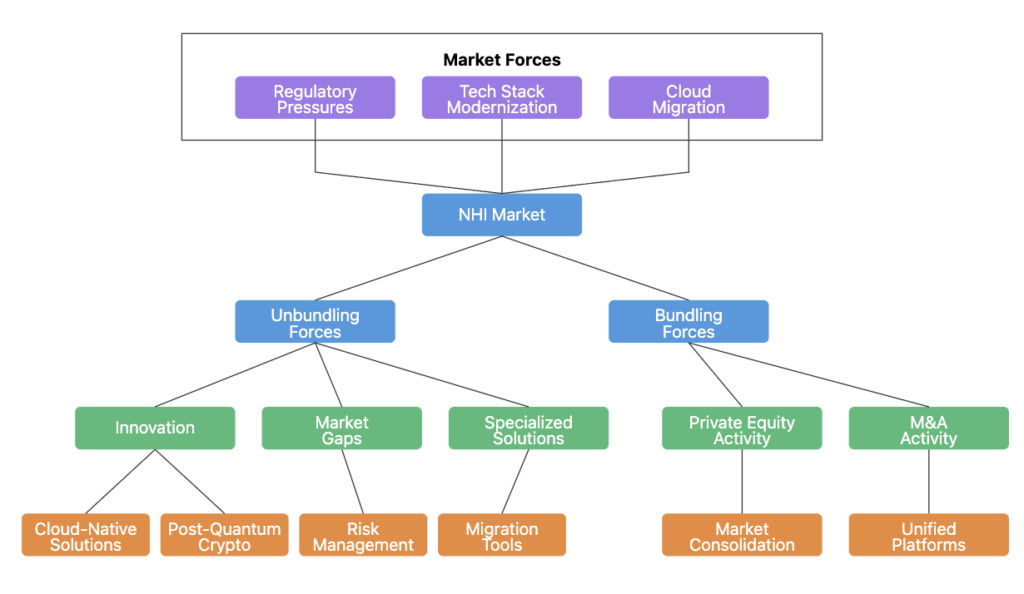Picture discovering your house has been robbed. Like many homeowners in this situation, your first instinct might be to invest in the latest security system with cameras and motion sensors. But what if the thief simply walked through an unlocked door, exploiting the most basic failure of security? No amount of surveillance would have prevented such a fundamental oversight.
This scenario mirrors how many organizations approach security today. Companies invest heavily in sophisticated detection and response tools and a patchwork of workarounds to basic design flaws while neglecting basic security practices, creating a false sense of security all built on a shaky foundation. According to Gartner, global cybersecurity spending reached $188.3 billion in 2023, yet breaches continue to rise because we’re treating symptoms while ignoring their root causes.
The Real Cost of Reactive Security
Detection and monitoring tools can provide valuable insights but cannot compensate for fundamental security weaknesses. Many organizations invest heavily in sophisticated detection capabilities while leaving basic architectural vulnerabilities unaddressed—much like a house with state-of-the-art cameras but unlocked doors.
The U.S. Government Accountability Office recently highlighted this problem in stark terms: ten critical federal IT systems, ranging from 8 to 51 years old, cost taxpayers $337 million annually to maintain. Many of them rely on obsolete technologies like COBOL, where maintenance costs continue to rise due to scarce expertise. The thing is that we’ve learned a lot about building secure systems in the last 51 years — as a result, these systems have no chance when faced with a moderately skilled attacker. While government systems make headlines, similar issues affect private enterprises, where legacy systems persist due to the perceived cost and risk of modernization.
The persistence of basic security flaws isn’t just a technical failure; it often represents a systemic underinvestment in foundational security architecture. Consider weaknesses such as:
- Outdated Architectures
Decades-old systems that cannot meet modern security demands.
- Minimal Security Hygiene
Poor patching practices, weak service-to-service authentication, and a lack of hardened or unikernel images.
- Weak Design Principles
Core concepts like zero trust and least privilege can not be bolted on later leaving systems exposed.
- Lack of Lifecycle Planning
Without clear modernization plans, organizations face costly and disruptive migrations when problems inevitably arise.
These issues are not just hypothetical. For example, the Salt Typhoon espionage campaign exploited foundational weaknesses to compromise major U.S. telecom firms, including Verizon, AT&T, and T-Mobile. Such systemic flaws make even the most advanced detection systems insufficient.
Building Security from the Ground Up
For years, the cybersecurity industry has embraced the mantra, “security is everyone’s problem.” While this has broadened awareness, it often leads to unintended consequences. When responsibility is shared by everyone, it can end up being truly owned by no one. This diffusion of accountability results in underinvestment in specialized security expertise, leaving critical vulnerabilities unaddressed. The Microsoft Storm-0558 incident serves as a prime example of the risks posed by this approach.
True security requires a fundamental shift from reactive to proactive approaches. Organizations must design systems assuming they will eventually be compromised. This means embedding zero trust principles, implementing proper system segmentation, and treating least privilege as foundational.
In practice, proactive measures include short-lived credentials, mutual TLS authentication, and granular access controls from the outset. For example, while a reactive approach might detect suspicious service-to-service communication, a proactive approach prevents such movement entirely through robust authentication.
Security in the Development Process
The development process itself should prioritize security through specific, measurable practices. Best-in-class organizations typically implement:
- Infrastructure as code with built-in security policies.
- Hardened containers or unikernel images to reduce attack surfaces.
- Automated patch management integrated into deployment pipelines.
- Continuous compliance monitoring and reporting for real-time security assurance.
These aren’t just best practices—they’re competitive advantages. Organizations that adopt them often see reduced incident costs and faster recovery times, transforming security from a cost center into an enabler of resilience and growth.
Regulatory Progress and Its Limitations
The U.S. Cybersecurity and Infrastructure Security Agency (CISA) introduced its Secure by Design pledge to encourage security-first practices. While this initiative represents progress, it lacks critical components:
- No Accountability
There are no enforcement mechanisms to ensure organizations uphold their commitments.
- No Tracking
Without benchmarks or reporting requirements, evaluating progress is impossible.
- No Timeline
The absence of deadlines allows organizations to deprioritize these efforts indefinitely.
Without these elements, the pledge risks becoming aspirational rather than transformative. As seen with other voluntary efforts, real change often depends on market pressure. For instance, if cloud providers demanded stronger security controls from vendors, or if enterprises baked security requirements into procurement, the market would likely respond more effectively than through regulation alone.
A Balanced Security Strategy
Organizations must balance strong foundations with effective monitoring through clear, measurable steps:
- Thoroughly Evaluate Legacy Systems
Identify critical systems, document dependencies, and create modernization plans with timelines.
- Embed Security Into Development
Use security champions programs, establish clear ownership for each system, and incentivize proactive measures.
- Leverage Proactive Security Measures
Implement short-lived credentials, granular privileges, and zero trust principles during design and operation.
- Strategically Deploy Reactive Tools
Use detection and response systems to validate security assumptions and provide early warning of issues, not to compensate for poor design.
Proactive and reactive measures are complementary, not competing priorities. Installing advanced monitoring on a fundamentally weak system offers organizations only a false sense of security. By contrast, strong proactive foundations reduce the need for reactive interventions, cutting costs and lowering risks.
Conclusion: The Cost of Inaction
The choice between proactive and reactive security isn’t theoretical—it’s an urgent and practical decision. Systems designed with security in mind experience fewer breaches and cost less to maintain. The CISA Secure by Design pledge is a step in the right direction, but without accountability and market-driven enforcement, its impact will remain limited.
Organizations face a clear path forward: invest in proactive security measures to reduce systemic risks while leveraging reactive tools as a safety net. As cyber threats continue evolving, the question is not whether proactive security is necessary, but how soon organizations will act to implement it. Don’t wait until it’s too late—fix the house before adding stronger deadbolts.

